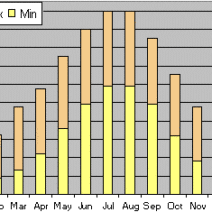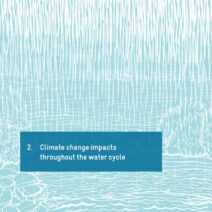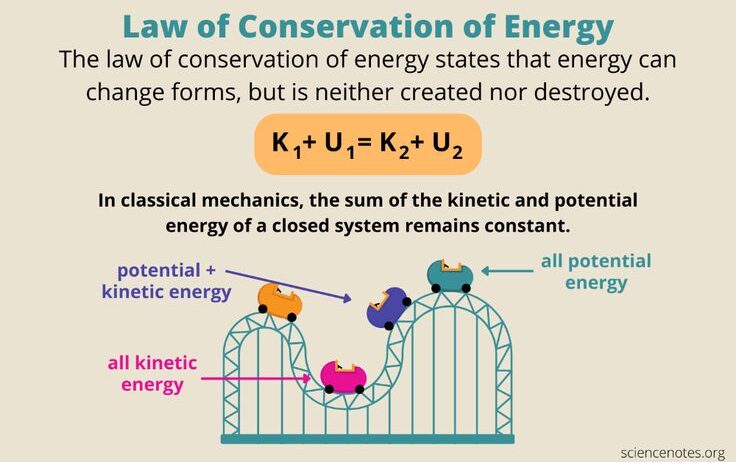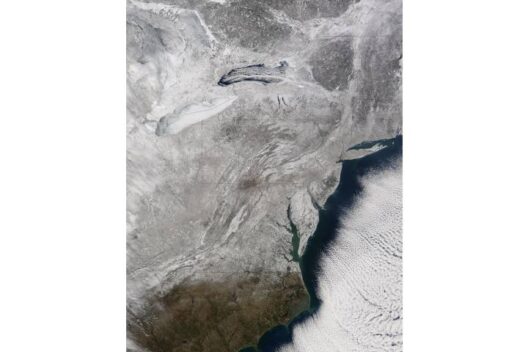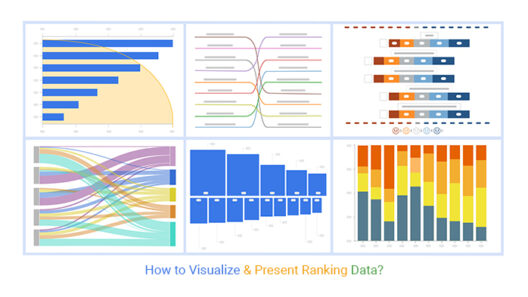Friction is a ubiquitous force, present in nearly every interaction we observe in our day-to-day lives. From the simple act of walking to the complexity of machinery, friction plays a significant role in the transfer and transformation of energy. However, does it stand in contradiction to the Law of Conservation of Energy, a fundamental principle in physics? To answer this provocative question, one must first grasp the intricacies of both friction and energy conservation.
The Law of Conservation of Energy asserts that energy cannot be created or destroyed; rather, it can only change forms. For instance, potential energy transforms into kinetic energy when an object falls. Friction indeed complicates this narrative. At a glance, it may appear that friction consumes energy, thus contradicting the conservation law. Yet, a deeper exploration reveals that friction does not violate this law—far from it. Instead, it exemplifies the transformation of energy.
As an illustration, consider a block sliding down a slope. Initially, the gravitational potential energy of the block is converted to kinetic energy as it descends. However, the presence of friction introduces an opposing force that dissipates some of this energy as heat. This transformation does not signal the loss of energy in violation of conservation principles; it instead highlights energy’s inevitable conversion from one form to another.
Friction, in essence, is the resistance that surfaces encounter when they interact. It arises from the microscopic irregularities on surfaces, which interlock and impede motion. As two surfaces rub against each other, kinetic energy is transformed into thermal energy, heating both the surfaces involved. This thermal energy disperses into the environment, demonstrating energy’s capacity to shift forms rather than disappear.
To further examine this relationship, one must consider the two principal types of friction: static and kinetic. Static friction is the force that must be overcome to initiate motion. In this instance, energy is stored in the form of potential energy, which will later be converted during movement. Kinetic friction, in contrast, acts on an object already in motion, converting kinetic energy into thermal energy through its interactions with the surface.
Critically, this interaction reveals fascinating implications for energy efficiency. For instance, in mechanical systems, excessive friction can lead to energy losses manifested as heat. Frictional losses, while normal, can be detrimental in environments striving for energy efficiency, such as in electrical systems or automotive designs. Understanding friction’s role paves the way for innovations that minimize its effects, thereby conserving energy more effectively.
The implications extend beyond basic mechanics. Within the context of global challenges such as climate change, recognizing how energy is transformed via friction helps inform strategies for energy conservation. Engineers and environmental activists alike can leverage knowledge of friction to optimize energy use in technologies ranging from electric vehicles to renewable energy systems.
In renewable energy systems, for instance, wind turbines experience frictional losses as their components move against each other. By enhancing materials to reduce friction, engineers can significantly improve overall efficiency, maximizing the harvested energy from wind. Thus, the relationship between friction and energy conservation is not adversarial; it is a nuanced partnership that, when understood, leads to innovative solutions.
Moreover, if we transcend the confines of mechanical systems, we can observe friction’s pivotal role in various natural processes. Consider the Earth’s geological phenomena: tectonic plates grinding against each other, generating heat and earthquakes. Here, friction acts as a conduit for energy transformation within the Earth’s crust. This perspective shifts the narrative from viewing friction as simply a hindrance to acknowledging its role in facilitating significant geological events.
Interestingly, this understanding of energy transformation can incite a change in perspective regarding energy use in everyday life. Simple actions, like switching off appliances, encourage reflection on energy consumption habits that are often taken for granted. Recognizing that energy, when transformed through friction, might inherently lead to loss, prompts us to be more conscientious about our own energy practices.
Transitioning to a broader scale, the intersection of friction and energy conservation extends into societal behavior. The awareness of energy efficiency and sustainability often spurs societal transformations when friction in the form of resistance to change is encountered. By fostering a collective awareness and reducing the metaphorical friction against progress, societies can enhance energy conservation, ultimately taking steps towards addressing climate change.
In conclusion, friction does not violate the Law of Conservation of Energy; instead, it serves as a reminder of energy’s transformative nature. By analyzing friction’s role in energy transfer and its broader implications, one can appreciate the complexity of energy conservation not just as a scientific principle, but as a vital facet of addressing environmental challenges. Knowledge on the interaction between friction and energy can cultivate innovations, inspire responsible practices, and propel humanity towards a more sustainable future. The inquiry into friction invites the question: how can we further refine our understanding of energy interactions to better serve our planet?
